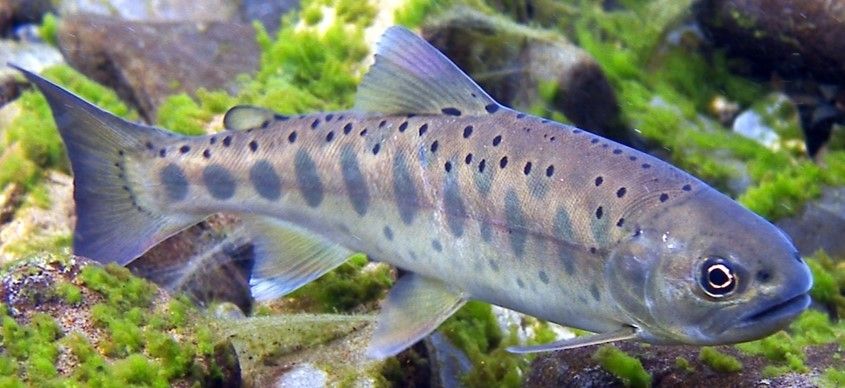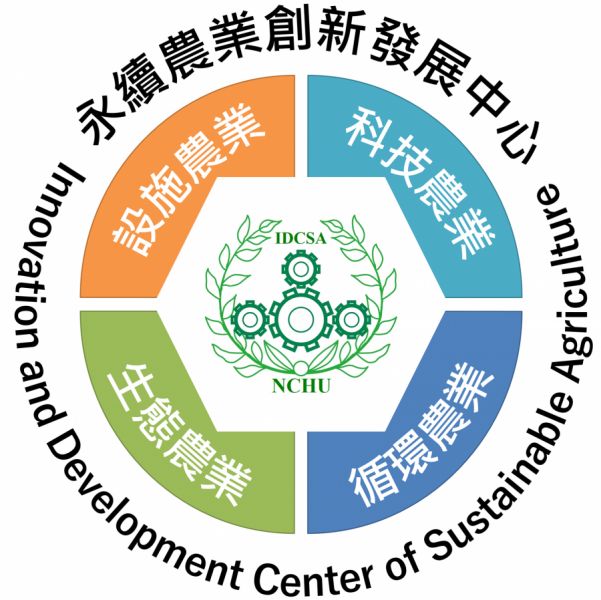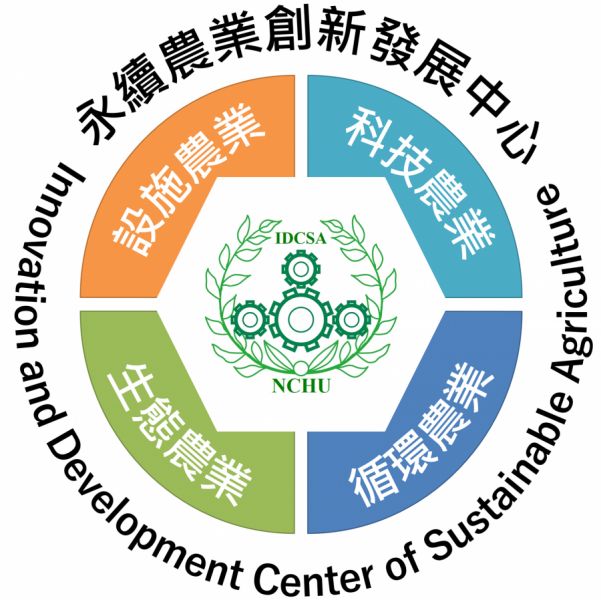Agricultural practices not only supply food for human being, but also provide ecosystem services such as regulation, support and culture. However, greenhouse gases emitted from rice paddy fields are a main source of greenhouse gases (GHG) emissions in agriculture. To quantify greenhouse gas emissions from paddy fields and correlate with environmental factors is essential. This study completed the in situ monitoring for greenhouse gas emissions from rice paddy fields under the conventional (CA) and sustainable agricultural (SA) methods in the second season of 2020 in Xikuo, and the first season of 2021 in Taitung. The results indicate that a great quantity of CH4 was produced since irrigating water was introduced into rice paddies and then created anaerobic environments during fertilization and active tillering stages. There was no significant difference between CA and SA for cumulated CH4 emissions. However, much more cumulated CH4 and CO2 emissions were observed in the 2nd seasons than in the 1st seasons. Thus, this study indicates that to mitigate the GHGs emissions from rice paddies and improve the lack of irrigation water during the drought years, cultivating rice in the 1st seasons and plant other drought-resistant crops in the 2nd if the rice supply is met. Overall, the patterns of CH4 and CO2 emissions from CA and SA were similar in Chishang and Luye in Taitung. According to previous studies, the CH4 and CO2 emissions in Taiwan were comparable with other countries.
In addition, this study applied the GHG flux observation method to measure the GHG emissions of the Xixinba pasture. The eddy current covariant system is composed of three-dimensional sonic anemometer (CSAT3, Campbell Scientific, USA), open methane analyzer (LI-7700, LI-COR, USA) and open carbon dioxide/water vapor analyzer (LI-7500A, Li -COR Inc., USA). Observation data includes wind speed, wind direction, methane, carbon dioxide, water, sensible heat and latent heat flux in the atmosphere, monitored at a detection rate of 10 Hz, and the data is stored in (LI-7550, Li-COR Inc., USA). The installation of the instrument is about 400 cm above the ground. During the experiment, the mirror rotation frequency set by the LI7700 was once an hour, and each rotation was 60 seconds. The detection principle of the open methane analyzer (LI-7700, Li-COR Inc., USA) uses Single-mode near-infrared laser technology to measure methane. Measurement at room temperature can reduce energy consumption and eliminate the need for cooling systems. Use Wavelength Modulation Spectroscopy (WMS) to scan the methane absorption band to improve the repeatability and achieve a wide range of temperature and pressure measurement. The carbon dioxide/water vapor analyzer (LI-7500A, Li-COR Inc., USA) is an open path, high monitoring rate, high accuracy and non-scattering infrared gas analyzer (IRGA), which can measure the carbon dioxide and water vapor density of the on-site site, and can provide a complete greenhouse gas flux measurement system.
In addition, this study investigated the changes in the chlorophyll fluorescence (ChlF) components of two sweet potatoes (Ipomoea batatas L. Lam) cultivars ‘Taoyaun 2’ (green leaf) and ‘CN1927’ (yellow leaf) in response to varying light intensities and temperatures. Manipulation of light harvesting and its regulation by photo-protection might be a key to increase bioenergy and food crop yields. The effective management of ChlF parameters in response to the light intensity provides a better understanding of the photosynthetic characteristics of leafy vegetables grown in controlled environments with various combinations of varying temperatures and high light intensities.
In addition, this study applied the GHG flux observation method to measure the GHG emissions of the Xixinba pasture. The eddy current covariant system is composed of three-dimensional sonic anemometer (CSAT3, Campbell Scientific, USA), open methane analyzer (LI-7700, LI-COR, USA) and open carbon dioxide/water vapor analyzer (LI-7500A, Li -COR Inc., USA). Observation data includes wind speed, wind direction, methane, carbon dioxide, water, sensible heat and latent heat flux in the atmosphere, monitored at a detection rate of 10 Hz, and the data is stored in (LI-7550, Li-COR Inc., USA). The installation of the instrument is about 400 cm above the ground. During the experiment, the mirror rotation frequency set by the LI7700 was once an hour, and each rotation was 60 seconds. The detection principle of the open methane analyzer (LI-7700, Li-COR Inc., USA) uses Single-mode near-infrared laser technology to measure methane. Measurement at room temperature can reduce energy consumption and eliminate the need for cooling systems. Use Wavelength Modulation Spectroscopy (WMS) to scan the methane absorption band to improve the repeatability and achieve a wide range of temperature and pressure measurement. The carbon dioxide/water vapor analyzer (LI-7500A, Li-COR Inc., USA) is an open path, high monitoring rate, high accuracy and non-scattering infrared gas analyzer (IRGA), which can measure the carbon dioxide and water vapor density of the on-site site, and can provide a complete greenhouse gas flux measurement system.
In addition, this study investigated the changes in the chlorophyll fluorescence (ChlF) components of two sweet potatoes (Ipomoea batatas L. Lam) cultivars ‘Taoyaun 2’ (green leaf) and ‘CN1927’ (yellow leaf) in response to varying light intensities and temperatures. Manipulation of light harvesting and its regulation by photo-protection might be a key to increase bioenergy and food crop yields. The effective management of ChlF parameters in response to the light intensity provides a better understanding of the photosynthetic characteristics of leafy vegetables grown in controlled environments with various combinations of varying temperatures and high light intensities.
Furthermore, this project explores the "biodiversity" of the agricultural ecosystem service, and investigates the composition of vertebrates in Taiwan's tea farms at the regional and landscape scales. Try to find the relationship between geographic environmental factors and vertebrate diversity and ecological services in conventional and sustainable tea farms, in order to propose environmentally friendly management strategies, and potential ecological corridors. Therefore, this year's focus is to investigate vertebrate diversity and environmental factors in low-altitude tea farms (Nantou Mingjian Township).
2022 Focus:
The plan for 2022-2023 is to investigate the greenhouse gas emissions, microbial communities and the ecosystem services of agro-ecosystems of CA and SA rice paddies in Tainan, Taiwan and compare the results with dataset collected during 2018-2021. At mean time, this study will continue the 2021-year research plan and measure the GHG flux data of the Xixinba Ranch to obtain complete quarterly and longer-term flux data. In addition, this study will investigate the vertebrate diversity and environmental factors of tea farms at medium and high altitudes respectively, and compare the differences in the biodiversity between conventional and sustainable tea farms at different altitudes. Then, propose a tea farms landscape configuration plan based on the concepts of ecological services and ecological corridors and tea farms adaptation strategies under climate change. This research provides scientific information to stakeholders for managing agricultural greenhouse gases and can be applied to develop related policies for adapting climate change in the future in Taiwan. Different agricultural practices will affect greenhouse gas emissions; thus, the more fundamental investigation is required to meet the goal of “Agriculture Net-Zero 2050” in Taiwan.




